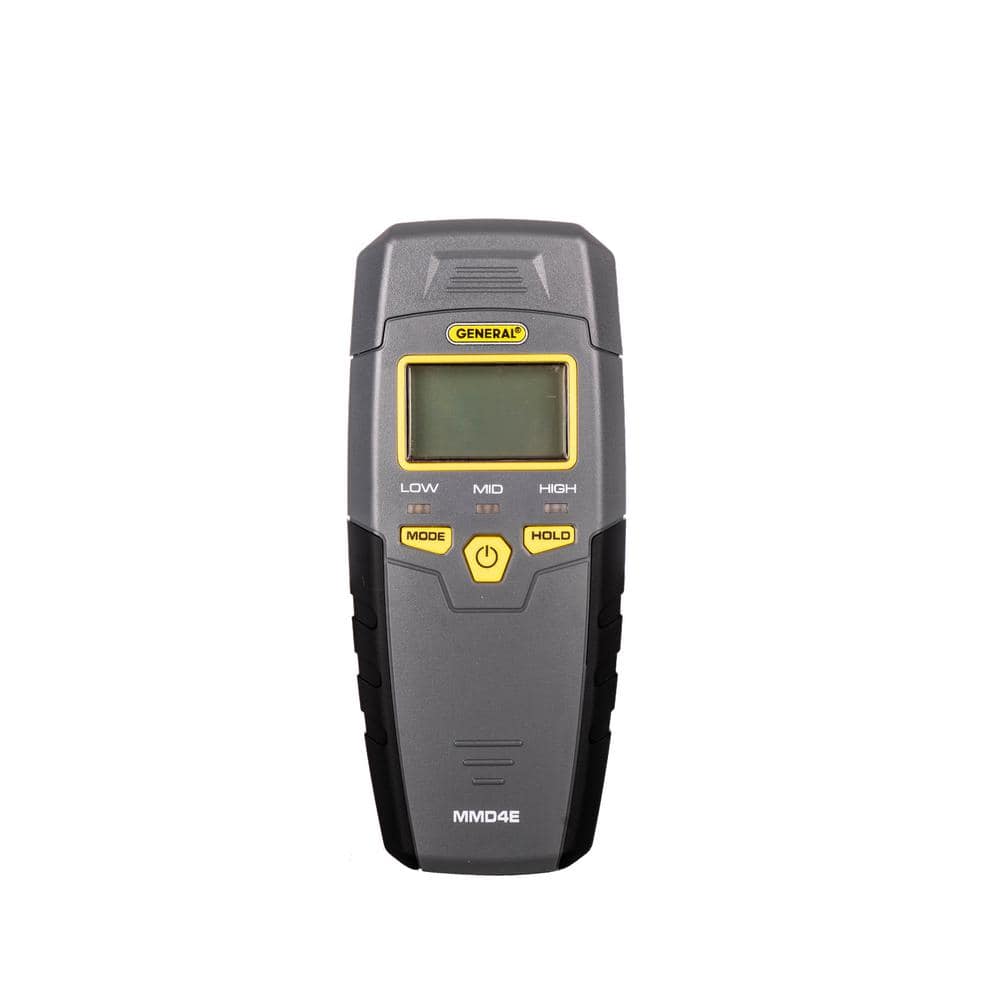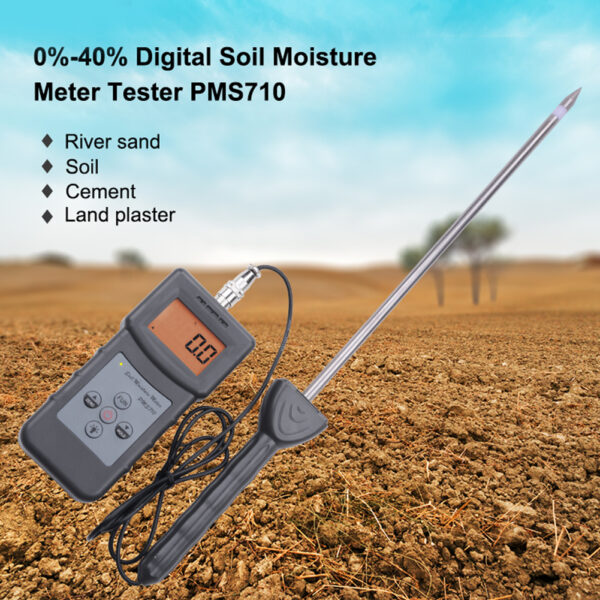How a Moisture Meter Can Boost Your Construction Tasks and Avoid Damages
How a Moisture Meter Can Boost Your Construction Tasks and Avoid Damages
Blog Article
Understanding the Significance of a Dampness Meter in Protecting Against Mold And Mildew and Water Damages in Your Home
In the realm of home maintenance, the presence of wetness can usually be a quiet yet powerful adversary, qualified of creating prevalent mold and mildew development and perilous water damage if left uncontrolled. Comprehending the significance of a wetness meter in this fight is not merely an alternative yet a tactical requirement.

Importance of Moisture Detection
Effective dampness detection approaches are critical for securing properties and stopping potential mold and mildew growth and water damage. Wetness can permeate right into numerous structure materials, resulting in structural concerns and wellness dangers - Moisture Meter. By using a wetness meter, building proprietors can proactively recognize locations susceptible to excess wetness, allowing for timely intervention and reduction methods
Moisture meters provide exact readings of moisture degrees in different materials such as concrete, timber, and drywall. This information aids in pinpointing areas of concern, also in hard-to-reach or surprise areas. Early discovery of dampness buildup allows timely fixings or modifications to avoid further damage.

Exactly How Moisture Meters Work
Dampness meters play a critical function in the positive recognition of excess moisture, aiding in the avoidance of potential mold and mildew growth and water damages by giving accurate readings of dampness degrees in different building materials. Some advanced wetness meters incorporate both pin and pinless technologies for comprehensive dampness detection. Understanding exactly how moisture meters feature is crucial for exact and timely wetness level assessments, allowing reliable preventative procedures versus mold and water damages.
Finding Early Warning Signs
Upon initial evaluation of a building, identifying subtle indicators of excess dampness comes to be essential in the very early discovery of possible mold development and water damages. Some typical very early caution indicators consist of moldy odors, water discolorations on ceilings or walls, peeling off paint or wallpaper, and warped or stained surfaces. Mildewy odors typically show the visibility of mold or mildew, also if no visible indications appear. Water discolorations can signal leaks or seepage, while peeling paint or wallpaper might be a result of dampness compromising the adhesion of these materials to the surface area. Deformed or discolored surfaces, such as twisting floorboards or blemished drywall, are clear indicators of water damages. Moisture Meter. In addition, a boost in allergic reaction signs or respiratory concerns among owners might suggest the presence of mold and mildew because of excess wetness. By without delay determining and addressing these early caution indicators, property owners can reduce the risk of extensive mold and mildew development and water damages in their homes.


Avoiding Mold Growth
Acknowledging early indication of excess wetness within a property not just enables timely discovery of potential mold development and water damages but also acts as an aggressive step in stopping the spreading of mold. To efficiently avoid mold development, it is crucial to resolve any type of sources of dampness without delay. This can consist of repairing leakages in windows, pipelines, or roofs, making certain proper ventilation in moist locations like kitchen areas and restrooms, and making use of dehumidifiers in high-humidity spaces. Regularly checking and preserving the building's plumbing, roofing, and gutters can likewise help in preventing water breach that can bring about mold development.
In addition to addressing moisture sources, maintaining interior moisture levels below 60% can considerably inhibit mold growth. Correct ventilation, appropriate insulation, and making use of air conditioning unit useful source or fans can aid control interior moisture levels. Checking wetness levels in areas vulnerable to moisture, such as cellars and crawl rooms, using a dampness meter can likewise aid in early discovery of elevated wetness levels and prospective mold and mildew growth. By taking aggressive procedures to avoid excess moisture and mold and mildew development, homeowners can guard their property and indoor air high quality.
Benefits of Routine Surveillance
Regular surveillance of moisture levels in a home can play a crucial function in preserving a healthy interior setting and stopping prospective mold and mildew and water damages. By consistently inspecting moisture degrees, home owners can detect any kind of concerns promptly and take needed activities to avoid mold development and water damage. Among the essential advantages of normal monitoring is very early discovery. By identifying and attending to high wetness levels beforehand, homeowners can step in before mold and mildew has the chance to spread and establish. This positive method can save both money and time over time by stopping substantial mold remediation and repair expenses (Moisture Meter).
Additionally, regular surveillance enables house owners to track patterns and trends in dampness levels over time. Ultimately, the consistent tracking of wetness levels encourages property owners to protect their home, secure their wellness, and protect the stability of their interior environment.
Conclusion
In conclusion, the original site usage of a moisture meter is vital in avoiding mold and mildew and water damages in homes. By detecting very early warning indicators of wetness, homeowners can take proactive steps to protect against mold development and expensive repair services.
By making use of a moisture meter, property proprietors can proactively recognize locations prone to excess dampness, enabling for prompt intervention and reduction approaches.
Dampness meters give precise readings of moisture levels in different materials such as concrete, drywall, and wood.Dampness meters play a crucial function in the aggressive identification of excess moisture, assisting in the avoidance of prospective mold growth and water damage by giving exact readings of wetness levels in numerous structure materials. Recognizing exactly how moisture meters function is crucial for precise find out this here and prompt wetness level assessments, allowing effective precautionary procedures against mold and water damage.
Keeping track of wetness degrees in locations prone to dampness, such as cellars and creep spaces, using a wetness meter can also help in early discovery of elevated wetness levels and prospective mold growth.
Report this page